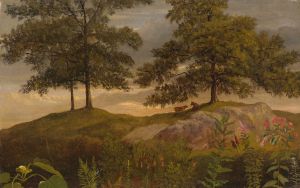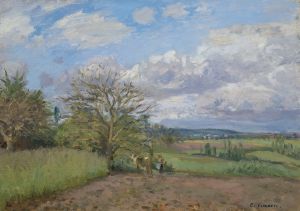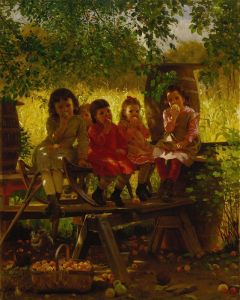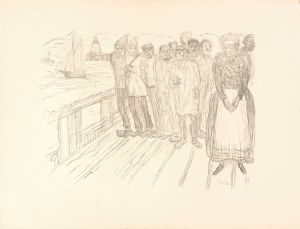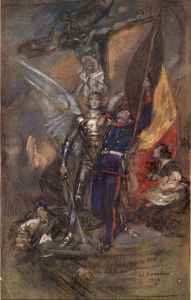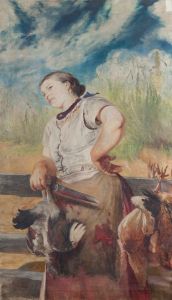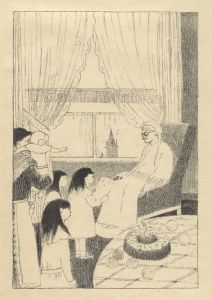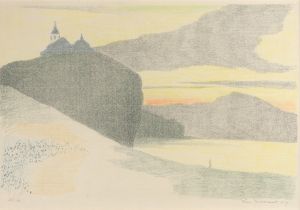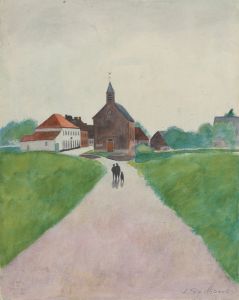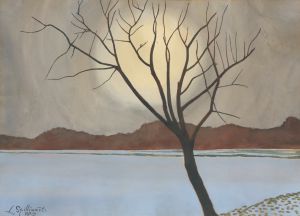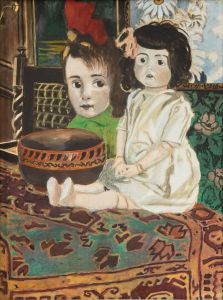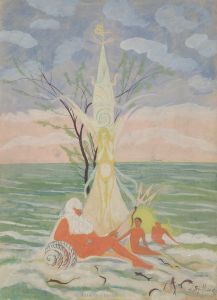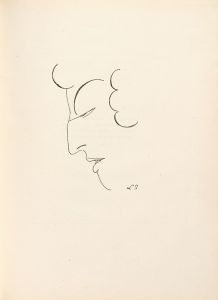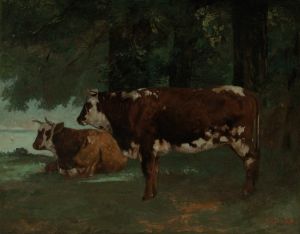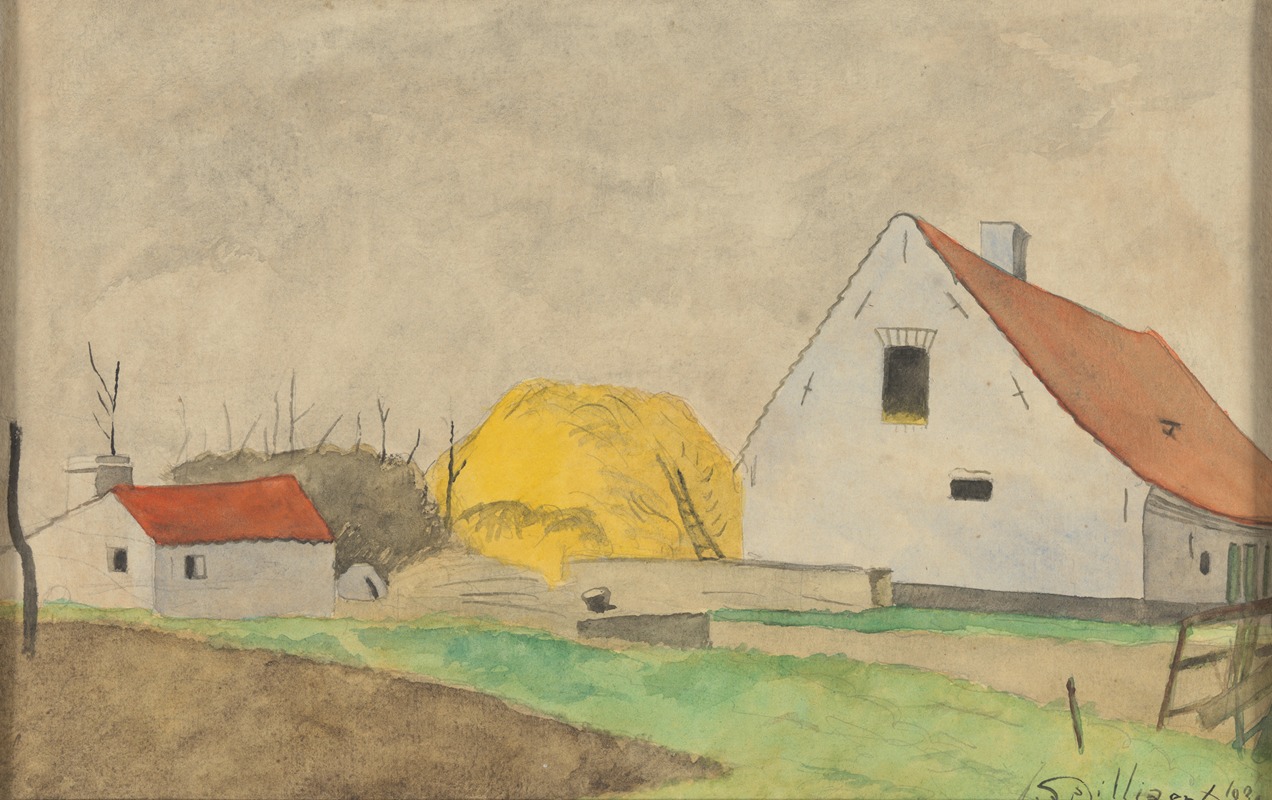
Boerderij langsheen de Gistelse Steenweg
A hand-painted replica of Léon Spilliaert’s masterpiece Boerderij langsheen de Gistelse Steenweg, meticulously crafted by professional artists to capture the true essence of the original. Each piece is created with museum-quality canvas and rare mineral pigments, carefully painted by experienced artists with delicate brushstrokes and rich, layered colors to perfectly recreate the texture of the original artwork. Unlike machine-printed reproductions, this hand-painted version brings the painting to life, infused with the artist’s emotions and skill in every stroke. Whether for personal collection or home decoration, it instantly elevates the artistic atmosphere of any space.
Léon Spilliaert, a prominent Belgian symbolist painter, created the artwork "Boerderij langsheen de Gistelse Steenweg" during his prolific career in the early 20th century. Spilliaert is renowned for his unique style that often combines elements of symbolism and expressionism, characterized by a distinct use of color, light, and shadow to evoke mood and emotion. His works frequently explore themes of solitude, introspection, and the metaphysical, often reflecting his own introspective nature and existential contemplations.
"Boerderij langsheen de Gistelse Steenweg," which translates to "Farm along the Gistelse Road," is one of Spilliaert's many works that depict the landscapes and environments of Belgium, particularly those around his hometown of Ostend. This painting captures a rural scene, likely inspired by the Flemish countryside, which Spilliaert often explored in his art. The Gistelse Steenweg is a road in Belgium, and the painting's title suggests a specific location that might have been familiar to Spilliaert, providing a tangible connection to the real world amidst his often dreamlike and atmospheric compositions.
Spilliaert's technique in this painting, as in many of his works, may include the use of watercolor, gouache, and ink, mediums that he skillfully manipulated to create depth and texture. His palette often features muted tones, with a focus on contrasts between light and dark, which can be seen in the way he renders skies, landscapes, and architectural elements. This approach not only highlights the physical features of the scene but also imbues it with a sense of mystery and introspection.
The painting likely reflects Spilliaert's fascination with the interplay between the natural and man-made worlds, a common theme in his oeuvre. The farm, a symbol of human habitation and industry, stands in contrast to the surrounding landscape, which might be depicted with a sense of vastness or isolation. This juxtaposition can evoke feelings of solitude or contemplation, inviting viewers to reflect on their own relationship with the environment and the passage of time.
Spilliaert's work, including "Boerderij langsheen de Gistelse Steenweg," is often noted for its ability to convey emotion and atmosphere without relying on overt narrative or detail. Instead, he uses composition, color, and form to create a mood that resonates on a more intuitive level. This quality has earned Spilliaert a lasting place in the canon of European art, with his works continuing to be studied and appreciated for their innovative approach and emotional depth.
While specific details about the creation and history of "Boerderij langsheen de Gistelse Steenweg" may be limited, the painting remains an important part of Spilliaert's legacy, offering insight into his artistic vision and the cultural landscape of early 20th-century Belgium. Through his art, Spilliaert invites viewers to explore the boundaries between reality and imagination, making his work both timeless and universally relevant.





